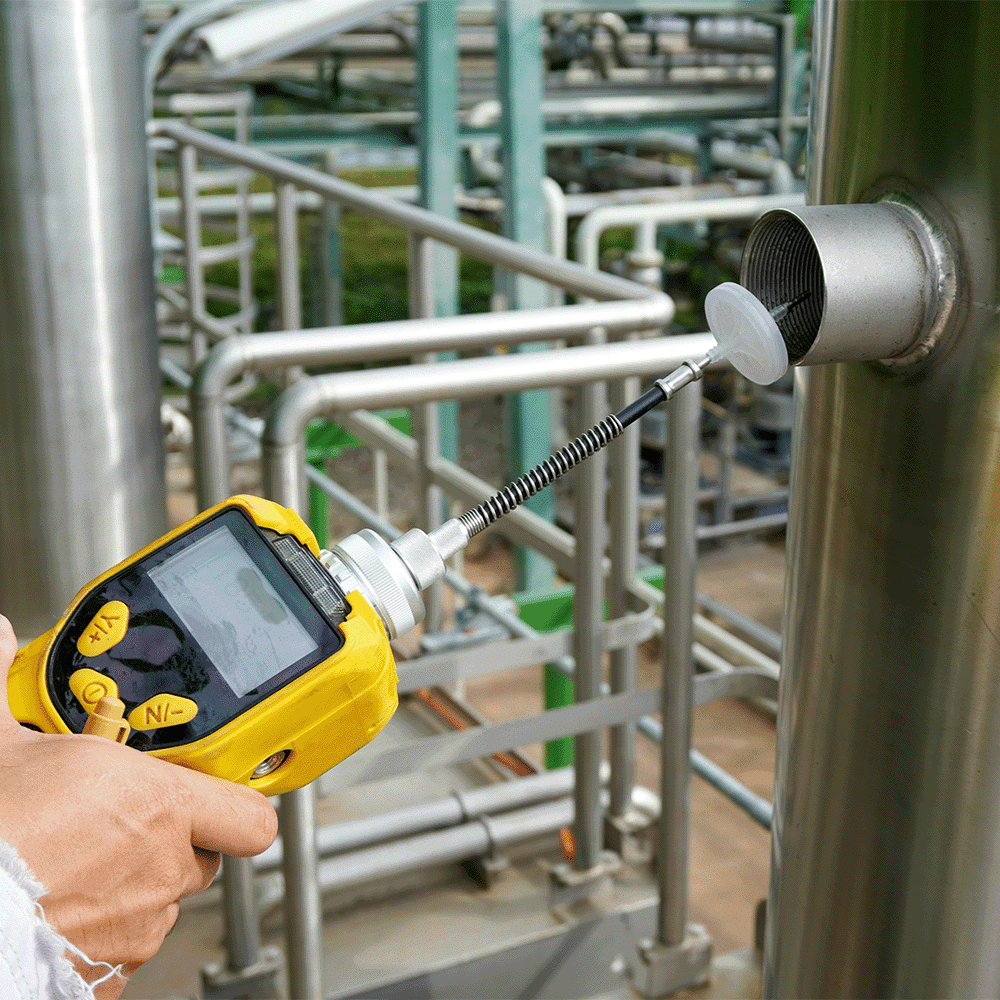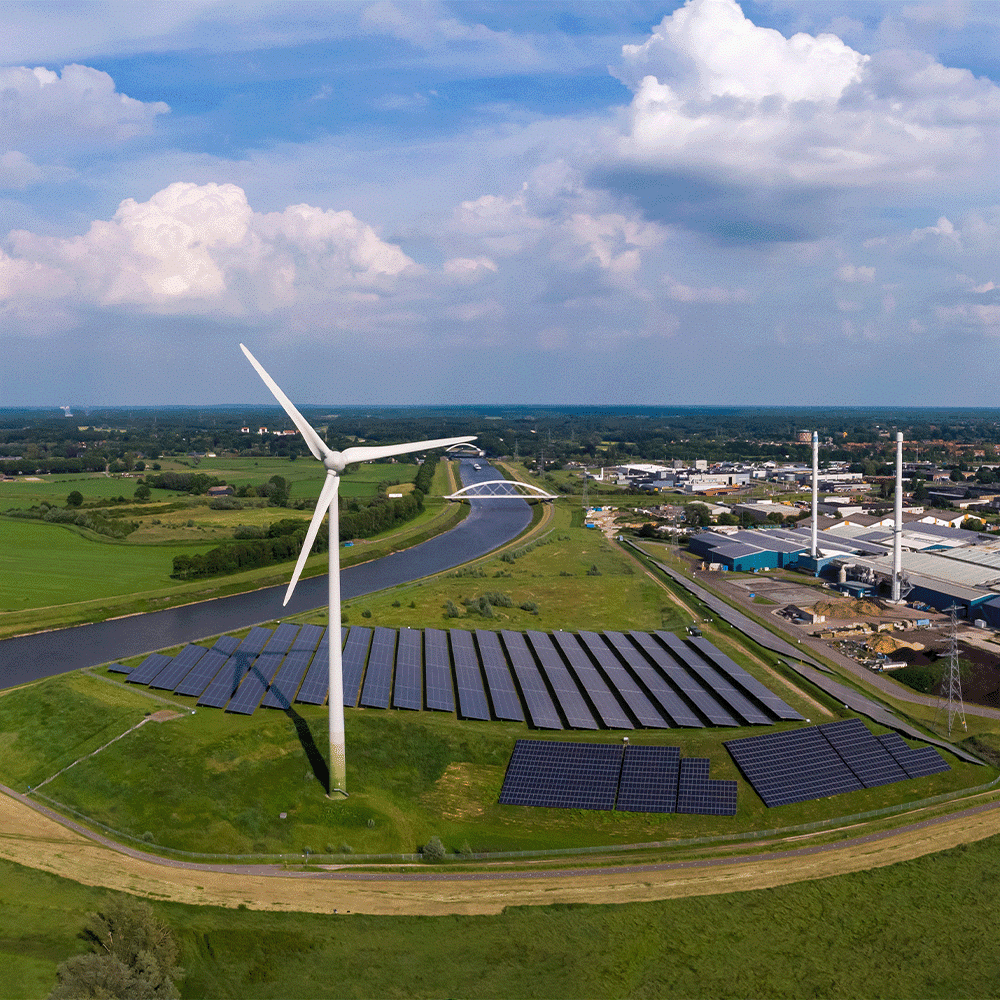Armoloy Accreditations
What is ISO 14001:2015?
ISO 14001:2015 is the global standard for creating and maintaining an environmental management system (EMS). It helps businesses manage their environmental impact by using resources efficiently, reducing waste, and staying compliant with environmental laws. This standard provides a clear framework for setting sustainability goals, tracking progress, and continually improving environmental practices.
At its core, ISO 14001:2015 encourages businesses to think proactively about risks, meet legal requirements, and continuously improve their environmental performance. It applies to companies of all sizes and industries, helping them minimize their environmental footprint, use resources responsibly, and operate more sustainably.
For Armoloy, ISO 14001:2015 accreditation means our metal coating processes are designed to minimize environmental impact at every stage, from material handling to final application. This commitment helps us conserve resources, reduce waste, and comply with environmental standards while delivering durable, high-performance coatings for industries like aerospace, medical, clean energy, and manufacturing.

Key Principles of ISO 14001:2015
ISO 14001:2015 is built upon several key principles that guide organizations in establishing and maintaining effective Environmental Management Systems (EMS):
- Environmental Policy: Develop a clear policy outlining the organization’s commitment to environmental responsibility, compliance with regulations, and continuous improvement.
- Planning: Identify environmental impacts, set measurable goals, and develop plans to achieve them.
- Implementation: Allocate resources, define roles and responsibilities, and train staff to execute the EMS effectively.
- Evaluation: Monitor environmental performance, conduct regular audits, and assess compliance with legal and other requirements.
- Improvement: Take corrective and preventive actions based on evaluation results to enhance the EMS and overall environmental performance.
These principles provide a structured approach for industries with significant environmental impact to manage their environmental responsibilities systematically and sustainably.

How to Achieve ISO 14001:2015 Certification
To achieve ISO 14001:2015 certification, organizations must:
- Perform a gap analysis of current environmental practices against ISO 14001 requirements.
- Set up an environmental management system (EMS) with clear policies, objectives, and operational controls.
- Ensure top management supports and integrates the EMS into business operations.
- Identify environmental risks and comply with relevant laws.
- Set measurable environmental goals and implement controls to reduce impact.
- Train employees, document processes, and communicate environmental efforts.
- Regularly monitor performance, conduct internal audits, and review the EMS for improvements.
- Engage an accredited certification body to verify compliance and achieve certification.
ISO 14001:2015 certification is valid for three years. To maintain it, organizations must undergo annual surveillance audits and complete a full recertification audit at the end of each cycle. Ongoing improvement and regulatory compliance are essential to keeping certification active.

Industries That Require ISO 14001:2015 Certification
ISO 14001:2015 guides industries in reducing waste and managing resources responsibly to minimize environmental impact. It’s widely required in sectors such as:
- Aerospace: Minimizes environmental impact during the production of high-precision components.
- Clean Energy: Supports sustainable practices in developing renewable energy solutions.
- Food Processing: Enhances food production, packaging, and supply chain sustainability.
- Medical: Promotes eco-friendly manufacturing of medical devices and surgical equipment.
- Oil and Gas: Helps manage environmental risks in extraction and processing operations.
ISO 14001:2015 ensures that EMS applications in these industries meet environmental standards while promoting efficiency and sustainability.

Benefits of Working with an ISO 14001:2015 Certified Provider
Environmental responsibility
Demonstrates commitment to minimizing environmental impact through sustainable practices
Regulatory compliance
Reduces legal risks by adhering to environmental laws and standards
Cost savings
Lowers costs through reduced waste and optimized resource use
Risk reduction
Identifies and mitigates environmental risks proactively
Risk management
Minimizes liability by adhering to strict biological safety requirements
Enhanced reputation
Builds trust with clients and stakeholders through sustainable operations
Continuous improvement
Encourages ongoing environmental performance enhancements
Operational efficiency
Improves processes for better resource management

Accreditations at Armoloy
Armoloy offers plating solutions that meet ISO 14001:2015 to support both regulatory compliance and individual project needs. Explore common specifications and accreditations we work with, and contact us to find the right solution for your application.
Disclaimer: The interpretations and overviews of ISO 14001 provided by The Armoloy Corporation are solely the views of Armoloy and may not represent the views of other entities. These interpretations are intended for informational purposes only and should not be considered as definitive or legally binding. The Armoloy Corporation is not responsible for the accuracy of these interpretations and expressly disclaims any liability for loss or damage arising from their use. This disclaimer is subject to change and does not create any express or implied warranty regarding the information provided.
